A group of nine major European banks has announced plans to jointly issue a euro-backed stablecoin, aiming to meet the regulatory standards set by the EU’s Markets in Crypto-Assets (MiCA) framework. This effort represents one of the largest coordinated moves by traditional financial institutions in Europe to explore blockchain-based payments while staying fully compliant with the region’s evolving legal structure.
The stablecoin, which will be pegged to the euro on a one-to-one basis, is expected to serve both retail and institutional users. The consortium plans to issue the token through a shared infrastructure that ensures transparency, legal oversight, and interoperability across banking systems. By leveraging blockchain technology, the initiative hopes to offer faster settlements, lower transaction costs, and more efficient cross-border transfers, especially within the eurozone.
MiCA, which recently came into effect, sets clear rules for stablecoin issuance, requiring proper reserves, auditability, and licensing. The participating banks see this regulatory clarity as an opportunity to build a trustworthy digital euro alternative that can compete with private stablecoins and complement central bank efforts in the space. Their goal is to maintain control within the traditional banking sector while embracing the benefits of tokenized money.
This move also signals a broader shift in the financial industry as regulated institutions look to reclaim ground in the digital asset market. By collaborating rather than competing, these banks are positioning themselves to shape the future of digital payments in Europe. If successful, the project could pave the way for more regulated, bank-issued stablecoins across other currencies and regions.

.svg)

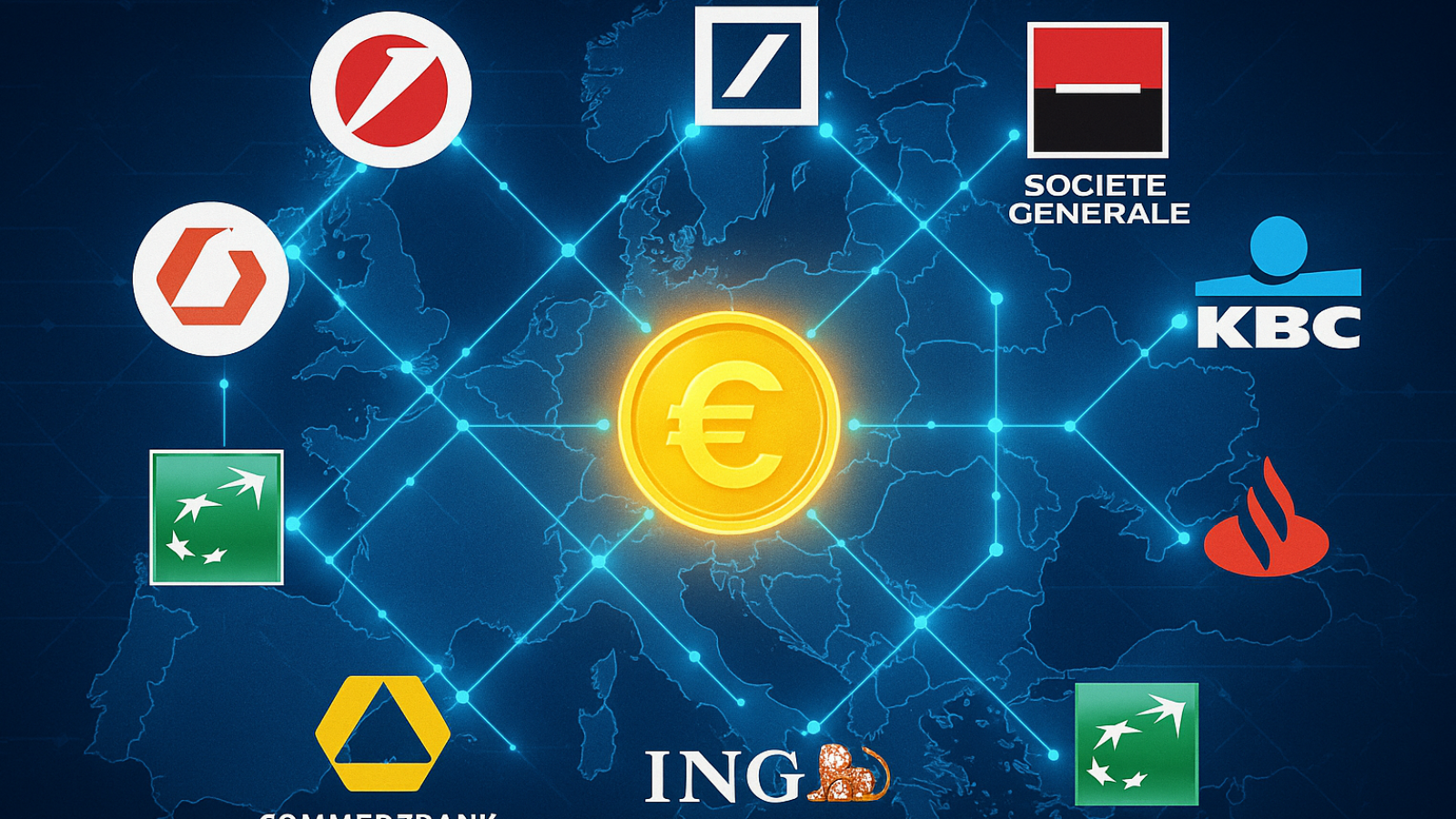
























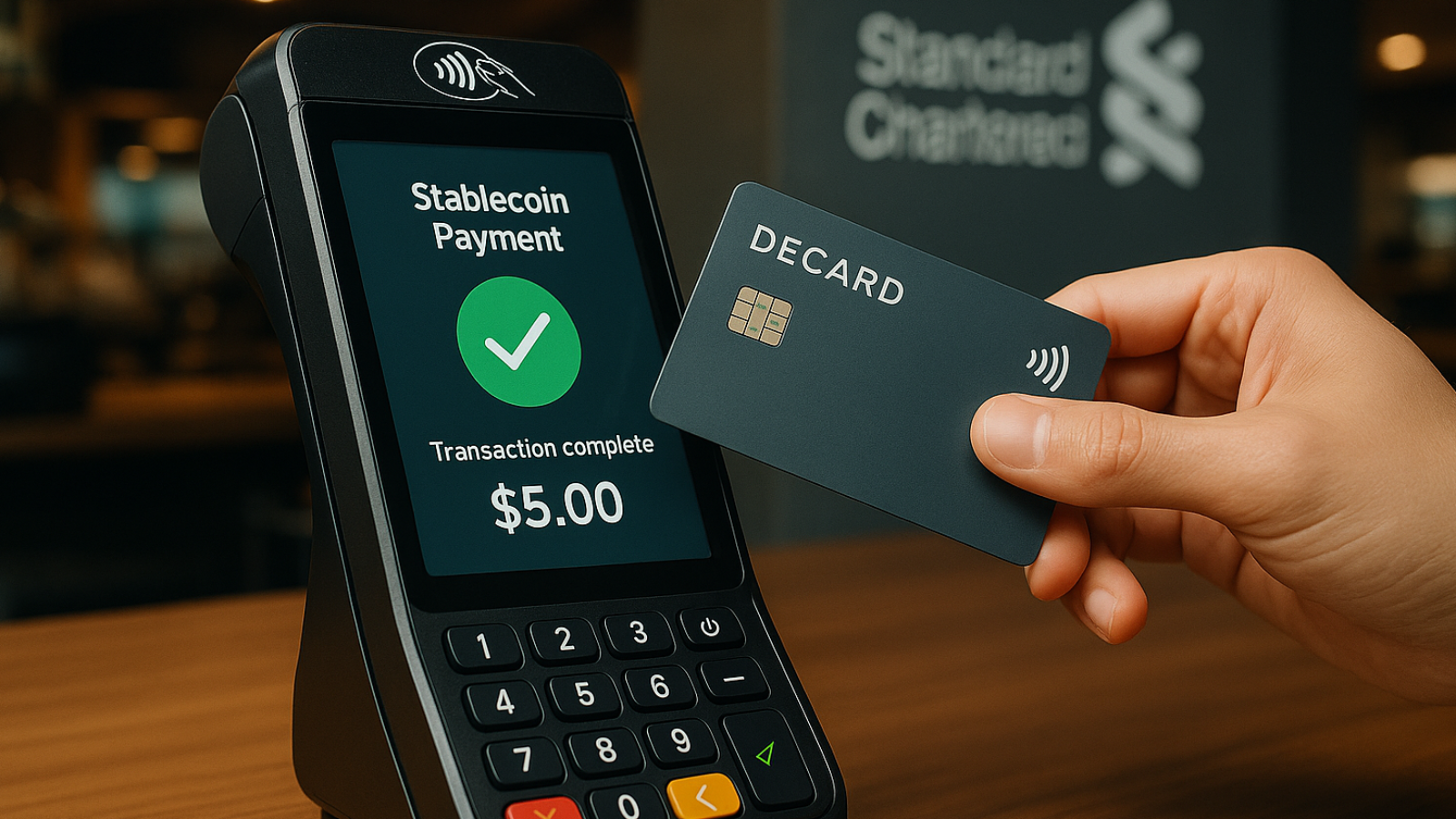




















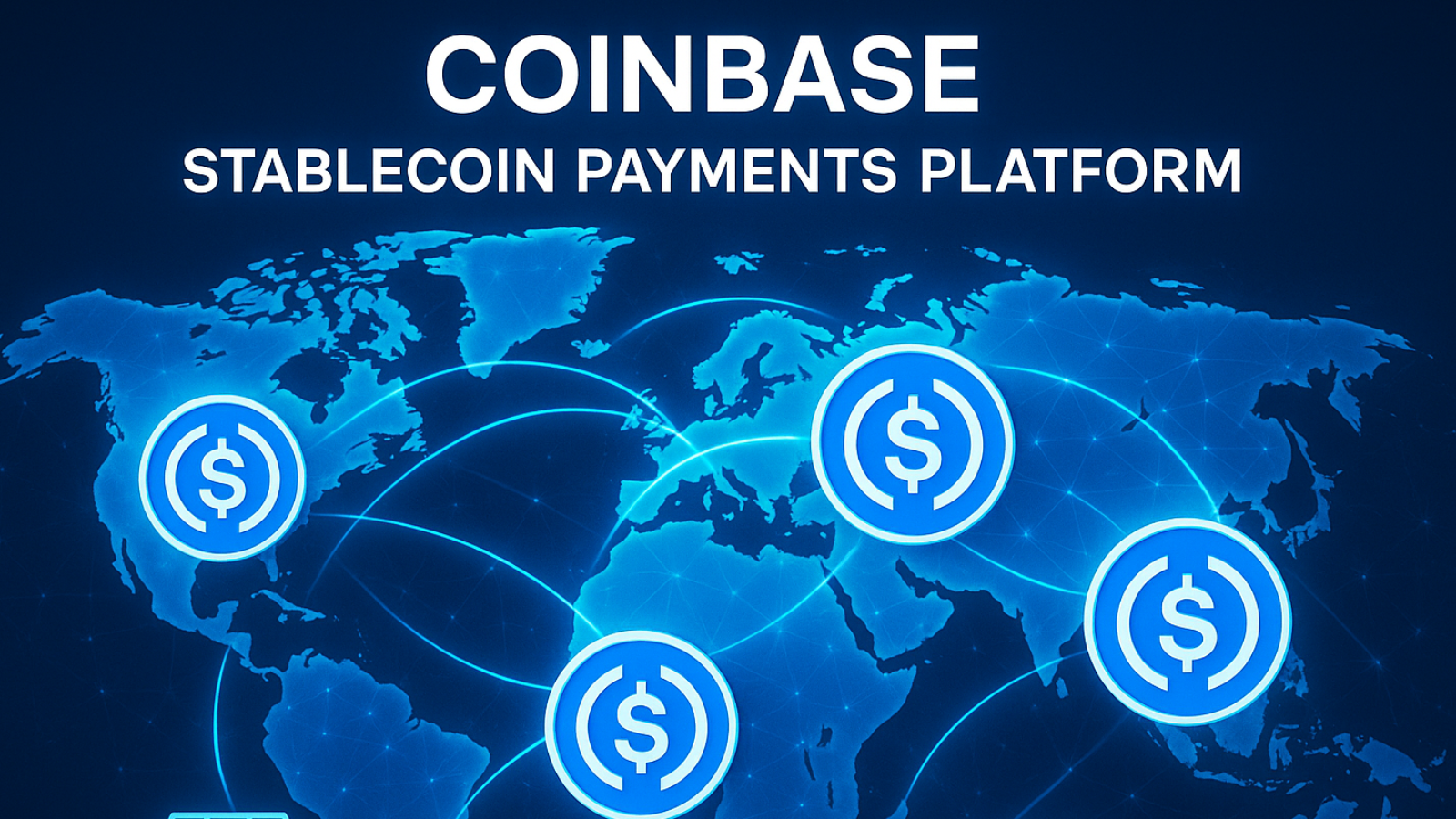

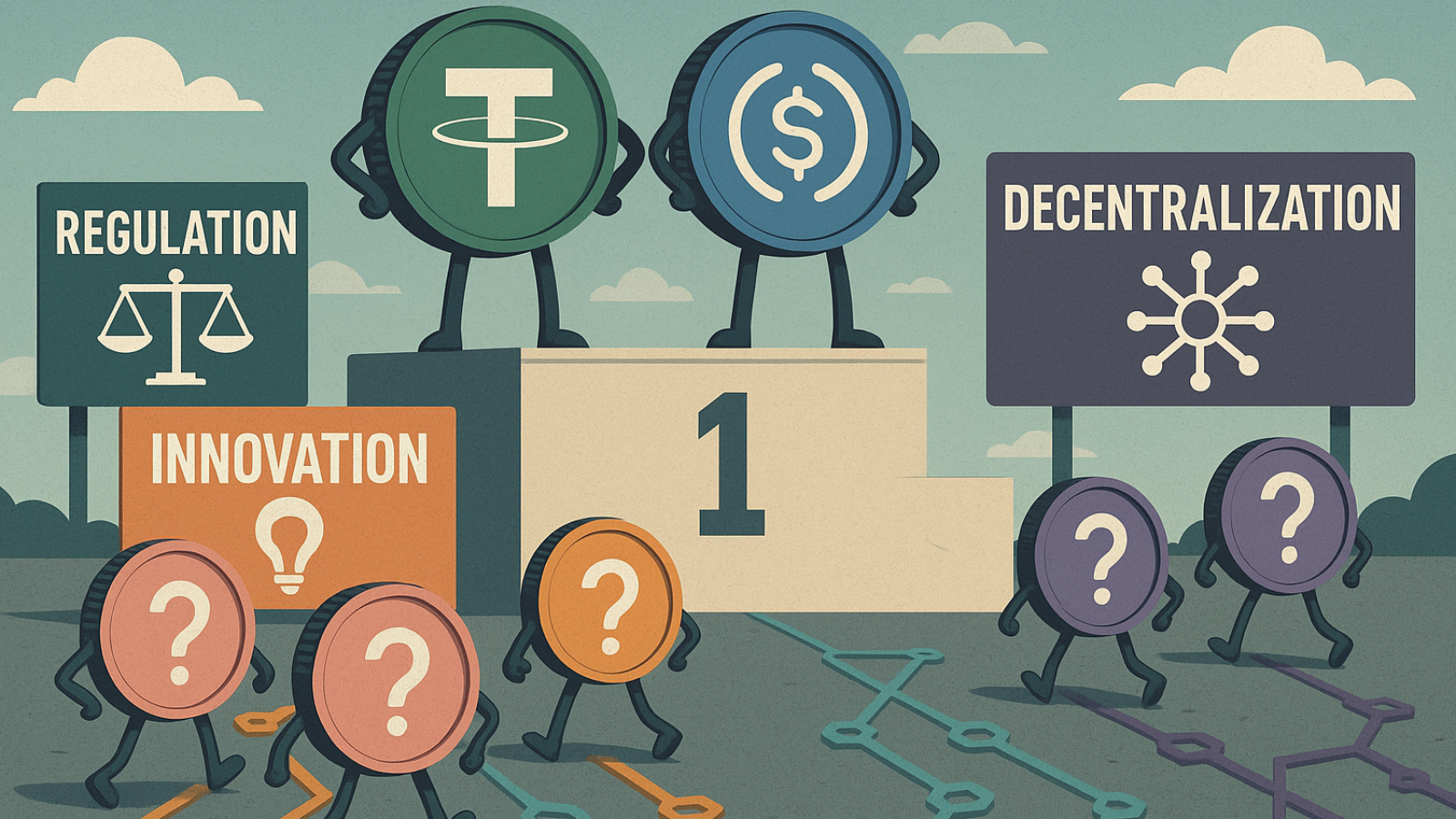

























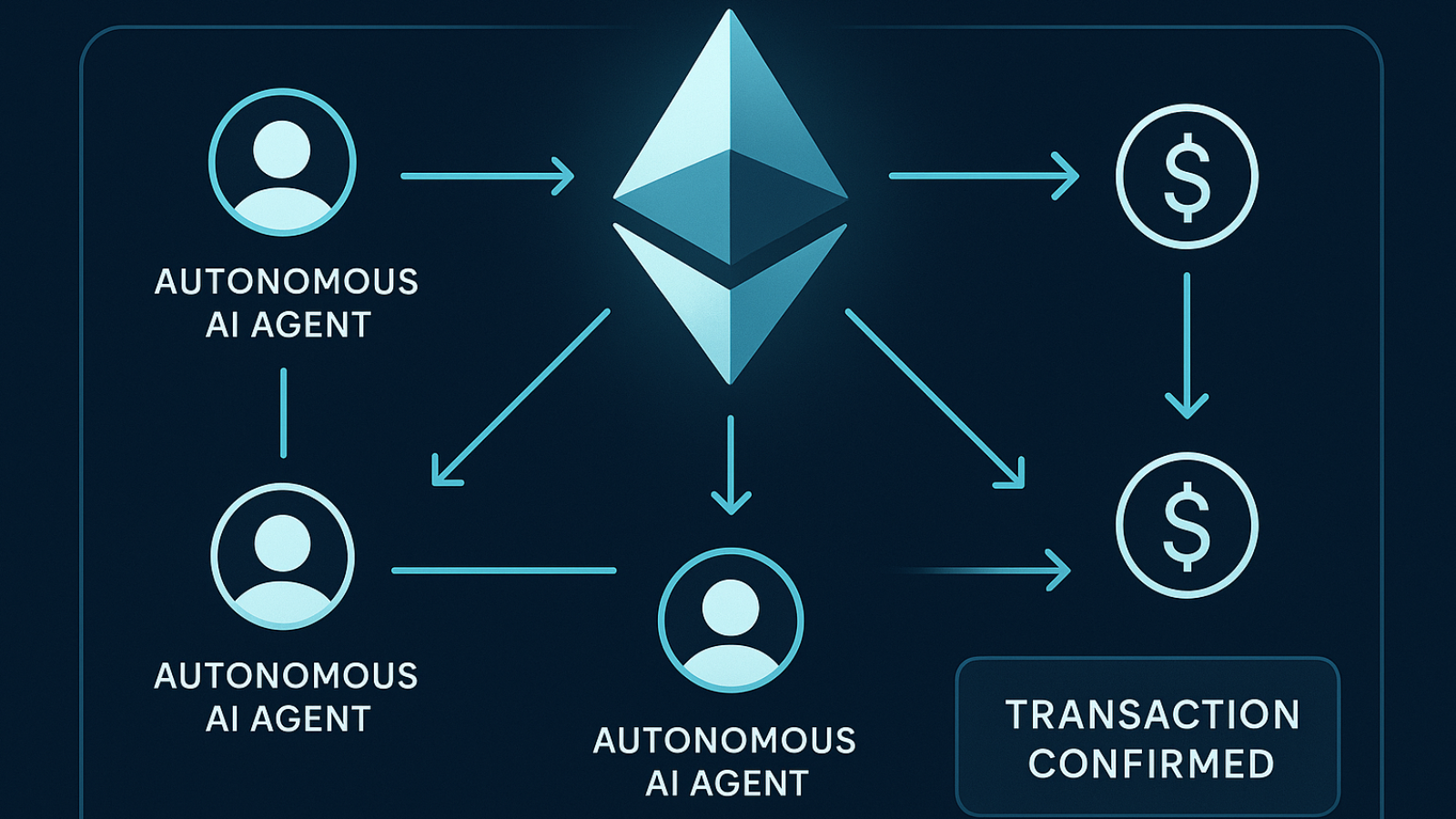









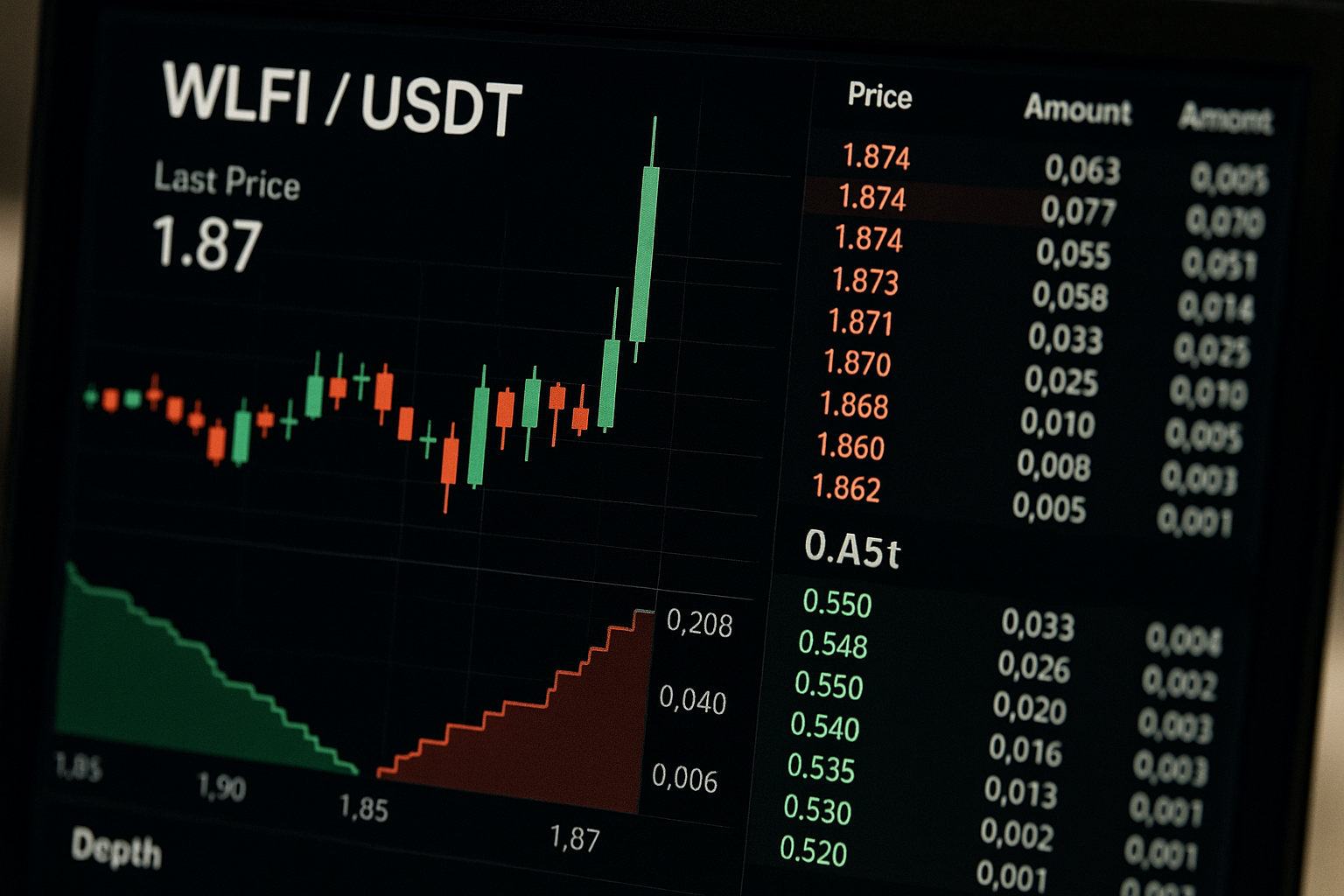





.png)
.png)


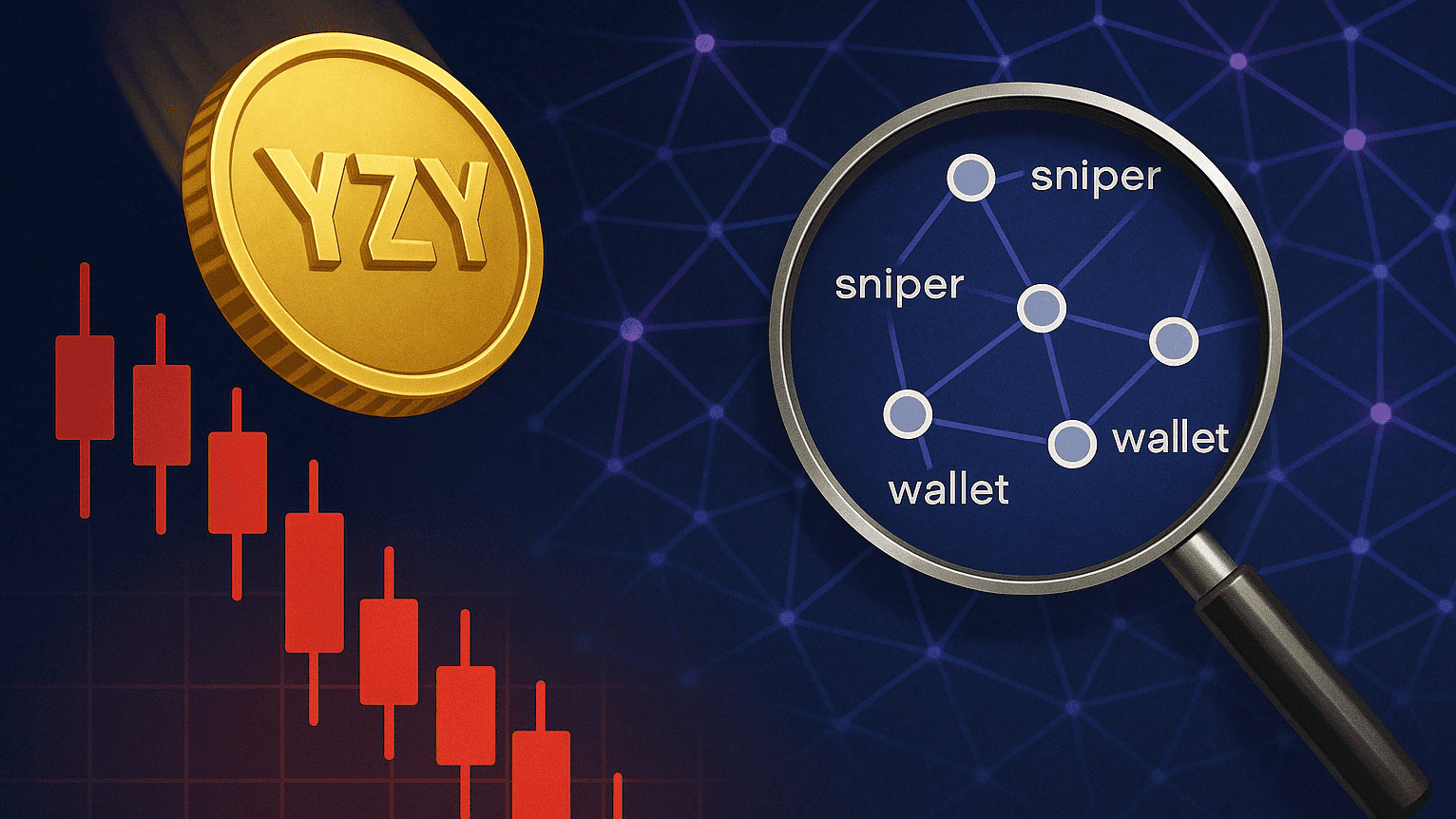
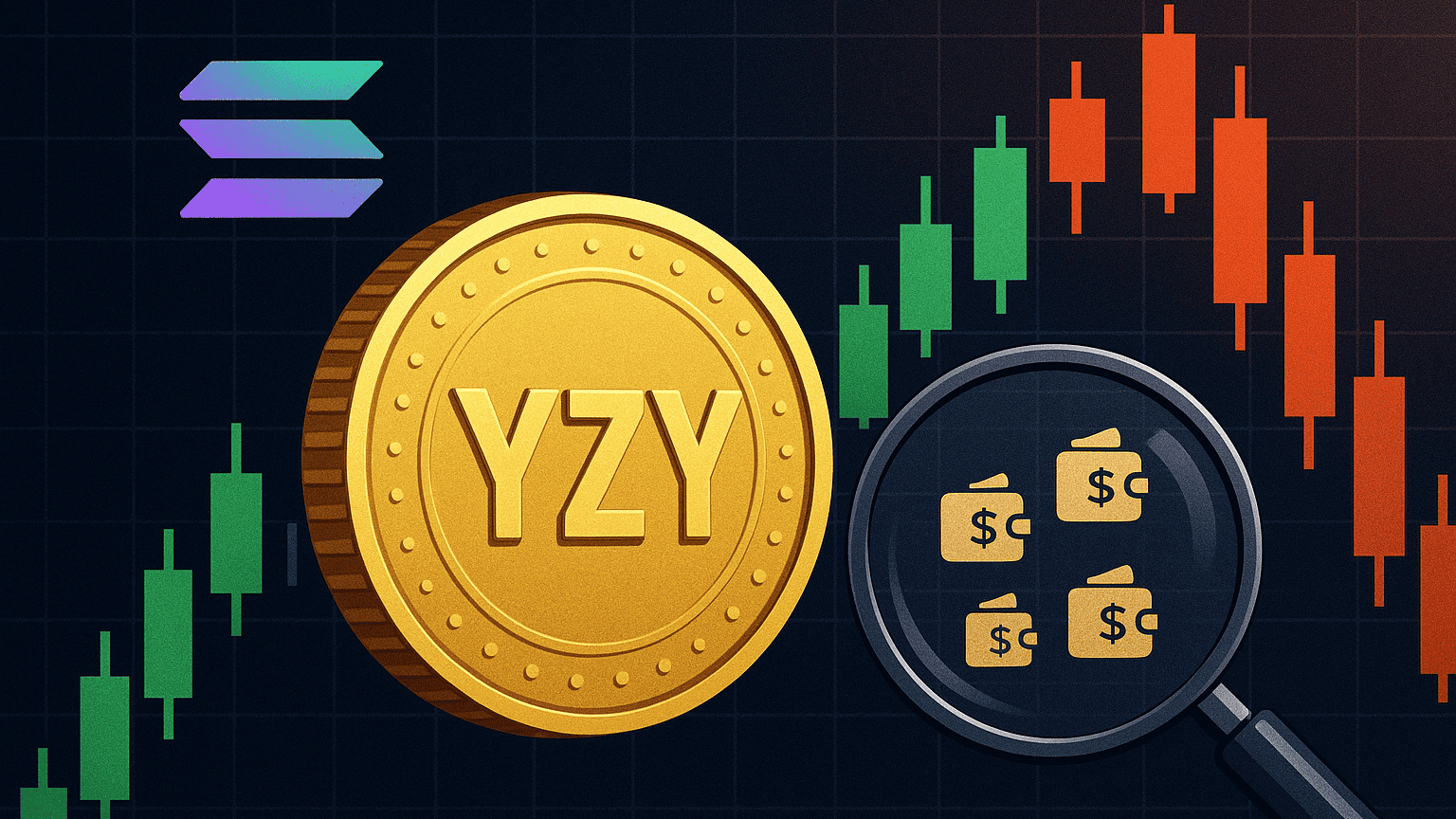









.svg)
.svg)
.svg)
.svg)
.svg)
.svg)